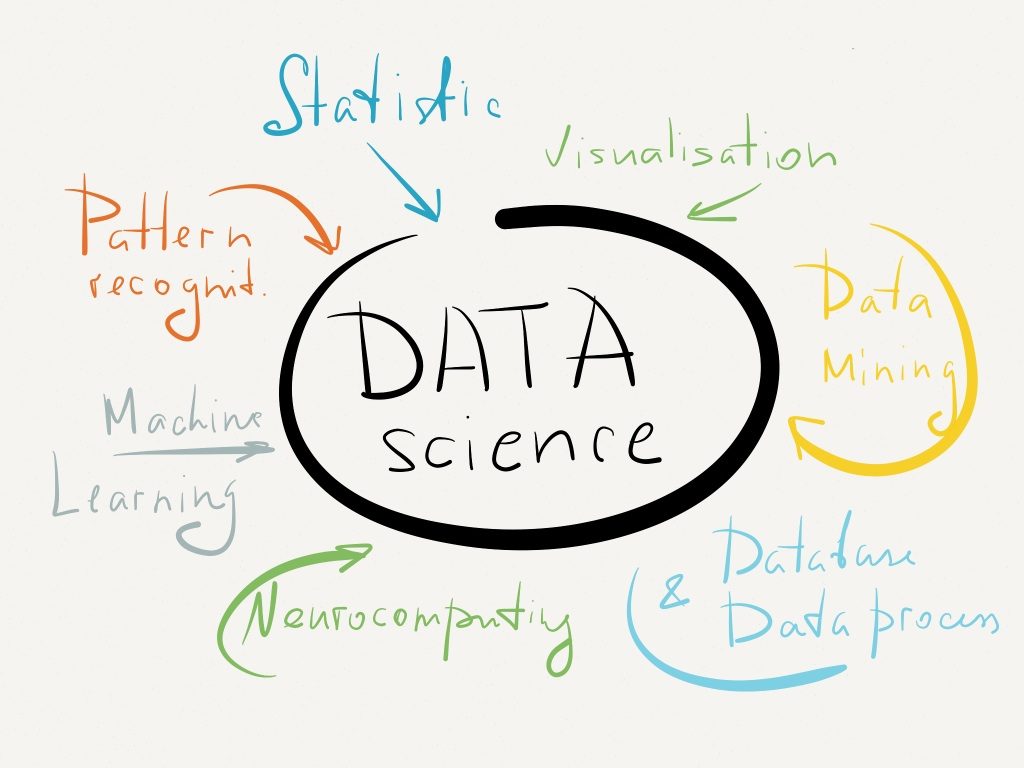I have mentioned before that I’ve worked with bored teens and university students alike. I’ve even been a bored student in any given class. However, I’ve noticed that the way the material is delivered can make a huge difference. Presentation can make an already difficult class even more so, or it could make it far more interesting.
This idea has become central to my teaching as I’m planning my science literacy classes to teach at the community center. Knowing how I will present information, interact with my students, and impart knowledge on them can affect how often we meet, what kind of room I’ll need, what teaching accessories I’ll need (if I have many options), and what sort of students I will be taking. In hindsight, I realize that knowing more about presentation and how my students receive it could also have greatly improved my teaching throughout the years.
However, for this class, my intended audience are those that have fallen between the cracks. Instead of following all the educational advice out there, I decided to start from scratch. I needed to find out what way of communicating is the best, and paradigm isn’t working in the hard cases that I’ll be catering to. So, I gathered all the educational materials I could. I picked up pop-sci magazines such as Popular Science and Popular Mechanics, general science news like Science News, Archaeology, and anything else the libraries could give me. I found a slew of internet resources from Science Daily, Wired (also in print), Mental Floss, and others. I also found lists of Facebook pages, Twitter feeds, and YouTube channels. I used several pure science journals, such as Science as well.

I compiled all of these things and sent them out to my diverse test group. They consist of a bunch of friends, family, colleagues, former colleagues, students, and former students. Some of the test subjects were well versed and educated, others not so much. I asked them over the course of two months to peruse the information to give me honest feedback. I wanted to know what they thought of the material so that I could make not only my class, but my future teaching a success.
The feedback was mixed, as I expected, but there were some trends. For instance, and as expected, there was a clear divide between educated elite with higher degrees and the working class in what materials they could understand. However, the lines were fuzzy on what they enjoyed the most. Across the board, people told me that they enjoyed things that came in quick snippets that gave more information than Twitter, but not a full article.
In short, it basically came out as follows:
-
No one really enjoyed lecture style, but they all agreed when kept short and to the point it was understandable for things like vocabulary.
-
Most people enjoyed and could understand things that were both lighthearted and didn’t have a lot of jargon. The exception was some rather moody teenagers.
-
Most people liked short, half-page length informative plugs written in plain English. A good example of this is Science News articles. However, the more educated and more interested found longer length, more in-depth articles more enjoyable and understandable.
-
YouTube videos are the favored among teens, followed up with things like Mental Floss for their lighthearted-ness mixed with pop culture and witty sarcasm and humor.
While this is far from complete research, it does follow what I’d like to think of as common sense. When the teaching pedagogy contradicts this, I shall keep it in mind. Sometimes that is just what the audience needs â a simple, no gimmicks approach.
Related links:
- Edutopia, where I learned that teaching can be outside of the box.
- History Teachers, where I learned that music and goofiness can get and keep attention.
- Ted.com, where I learned that everyone is capable of extraordinary things.
Originally posted on AAAS Member Central Jan. 2013
Want to take better notes? The secret is taking the renowned Cornell method and modifying it for your personal needs. Learn how with this template and email lesson series.
